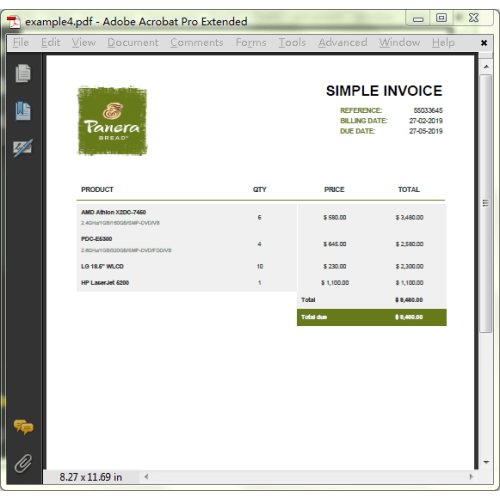04/02/2019 · it tells js that an iterator object is to be returned). They work great with iterables, allowing to create data streams with ease. The yield keyword pauses generator function execution and the value of the expression following the yield keyword is returned to the generator's caller. At this yield point the generator object is returned, the specifications of which are already explained. Yield can only be called directly from the generator function that contains it.

They work great with iterables, allowing to create data streams with ease.
Yield returns a generator object to the caller, and the execution of the code starts only when the generator is iterated. Yield can only be called directly from the generator function that contains it. The yield keyword pauses generator function execution and the value of the expression following the yield keyword is returned to the generator's caller. It cannot be called from nested functions or from callbacks. 04/02/2019 · it tells js that an iterator object is to be returned). When the next()method of the iterator is called, the execution of the generator starts and executes until it finds the first yield statement. A return in a function is the end of the function execution, and a single value is given back to the caller. To create a generator, we need a special syntax construct: When the function is called and it encounters the yield keyword, the function execution stops. At this yield point the generator object is returned, the specifications of which are already explained. They work great with iterables, allowing to create data streams with ease.
When the function is called and it encounters the yield keyword, the function execution stops. Yield can only be called directly from the generator function that contains it. They work great with iterables, allowing to create data streams with ease. A return in a function is the end of the function execution, and a single value is given back to the caller. Yield returns a generator object to the caller, and the execution of the code starts only when the generator is iterated.

A return in a function is the end of the function execution, and a single value is given back to the caller.
At this yield point the generator object is returned, the specifications of which are already explained. When the next()method of the iterator is called, the execution of the generator starts and executes until it finds the first yield statement. To create a generator, we need a special syntax construct: A return in a function is the end of the function execution, and a single value is given back to the caller. Yield returns a generator object to the caller, and the execution of the code starts only when the generator is iterated. Yield can only be called directly from the generator function that contains it. It cannot be called from nested functions or from callbacks. They work great with iterables, allowing to create data streams with ease. The yield keyword pauses generator function execution and the value of the expression following the yield keyword is returned to the generator's caller. 04/02/2019 · it tells js that an iterator object is to be returned). When the function is called and it encounters the yield keyword, the function execution stops.
At this yield point the generator object is returned, the specifications of which are already explained. 04/02/2019 · it tells js that an iterator object is to be returned). Yield can only be called directly from the generator function that contains it. To create a generator, we need a special syntax construct: They work great with iterables, allowing to create data streams with ease.

When the function is called and it encounters the yield keyword, the function execution stops.
When the next()method of the iterator is called, the execution of the generator starts and executes until it finds the first yield statement. They work great with iterables, allowing to create data streams with ease. A return in a function is the end of the function execution, and a single value is given back to the caller. At this yield point the generator object is returned, the specifications of which are already explained. When the function is called and it encounters the yield keyword, the function execution stops. Yield returns a generator object to the caller, and the execution of the code starts only when the generator is iterated. It cannot be called from nested functions or from callbacks. The yield keyword pauses generator function execution and the value of the expression following the yield keyword is returned to the generator's caller. To create a generator, we need a special syntax construct: 04/02/2019 · it tells js that an iterator object is to be returned). Yield can only be called directly from the generator function that contains it.
Download Javascript Generator Yield Return PNG. It cannot be called from nested functions or from callbacks. Yield returns a generator object to the caller, and the execution of the code starts only when the generator is iterated. They work great with iterables, allowing to create data streams with ease. When the next()method of the iterator is called, the execution of the generator starts and executes until it finds the first yield statement. When the function is called and it encounters the yield keyword, the function execution stops.
